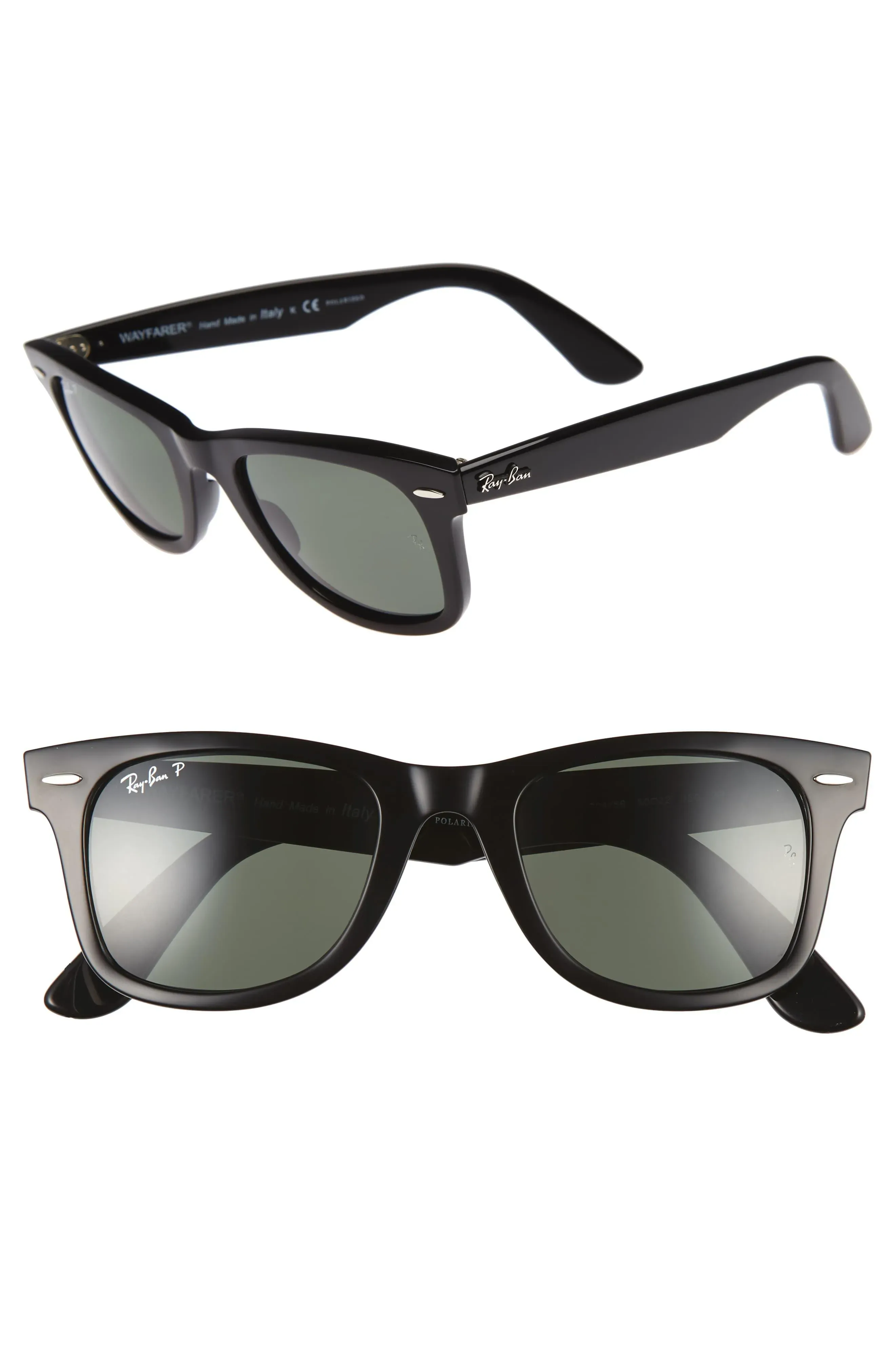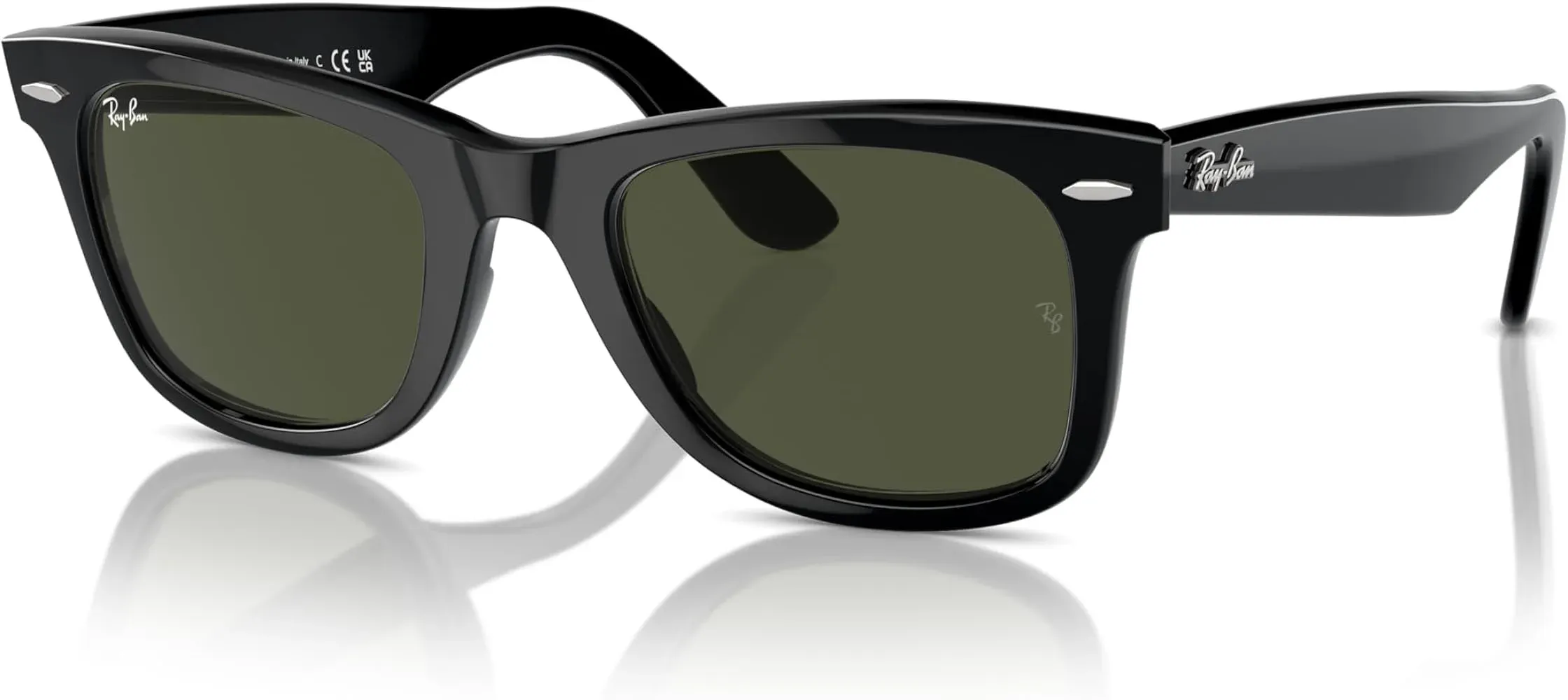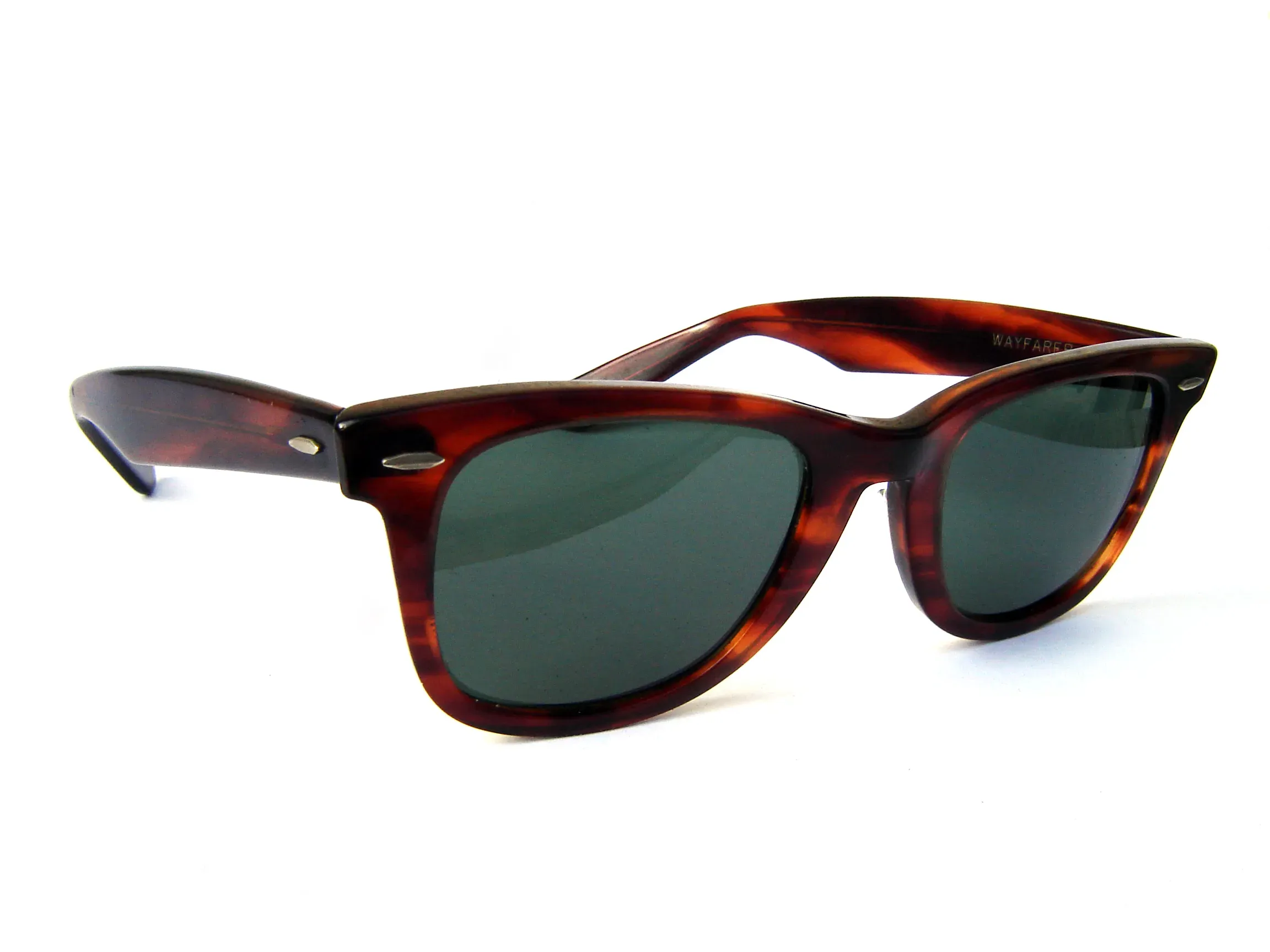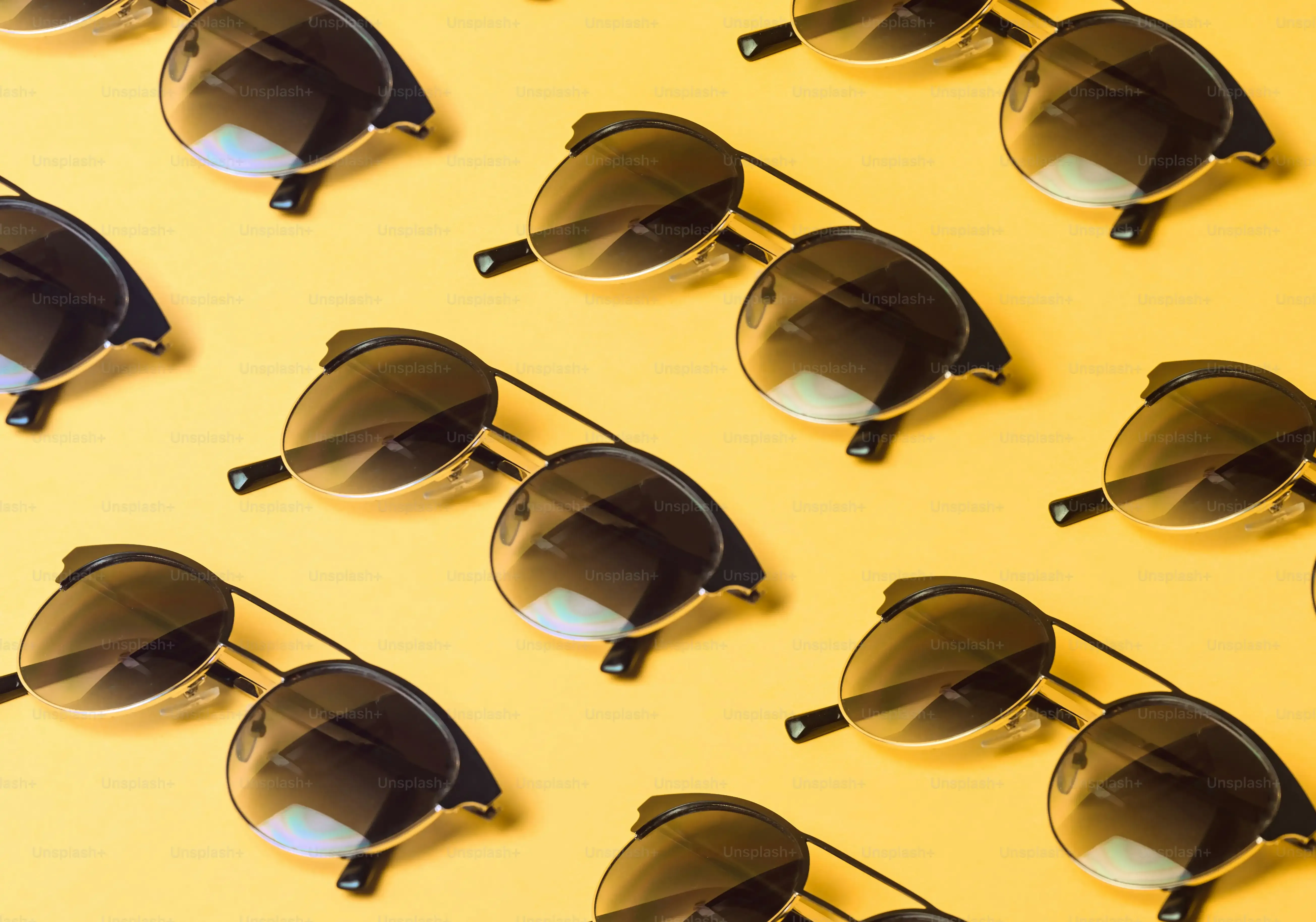Table of Contents
Walk down any street, scroll through any social media feed, and chances are you'll spot them: the iconic G-15 lenses, the distinctive frame shapes. Ray-Ban sunglasses hold a certain status, a blend of cool history and modern style. But let's be honest, when you look at that price tag, you might pause. Why does a pair of Wayfarers or Aviators cost what it does? What exactly are you paying for beyond the name and the cool factor? It’s a fair question that many people ask when considering adding a pair to their collection.
Understanding the RayBan Sunglasses Price Tag
Understanding the RayBan Sunglasses Price Tag
Beyond the Basic Frame: What You're Actually Paying For
Alright, let's peel back the layers on the ray ban sunglasses price. When you pick up a pair, whether it's the classic Aviator or the ever-present Wayfarer, you're not just paying for two pieces of glass and some acetate or metal. There's a whole ecosystem behind that price tag. Think about the design process – years of iteration, finding those shapes that just *work* and have stood the test of time. Then there's the manufacturing. Ray-Ban, under the Luxottica umbrella, has significant production facilities. They invest in technology and quality control that smaller brands might skip. This isn't some fly-by-night operation; they're aiming for durability and consistency, which costs money.
Consider the materials used. While you can find cheap sunglasses everywhere, Ray-Ban often uses high-quality acetate (like the kind used in premium eyewear) and durable metals. Their lenses, historically made by Bausch & Lomb and now by Luxottica's lens division, are a big part of the story. The standard G-15 and B-15 lenses, for instance, aren't just tinted plastic; they're designed for specific light conditions and optical clarity. Getting that right requires precision engineering. All these components, from the hinge screws to the nose pads, contribute to the overall manufacturing cost before the glasses even hit the shelves.
The Weight of the Name and Heritage
Now, let's talk about the elephant in the room: the brand name. Ray-Ban isn't just a logo; it's a legacy. Created in 1937 for US Air Force pilots, the brand has deep roots in American cool and has been featured in countless movies and on countless famous faces. That kind of history and cultural significance isn't built overnight, and it certainly adds value. You're buying into that heritage, that sense of timeless style that has somehow managed to stay relevant for decades.
Marketing plays a huge role too. Ray-Ban invests heavily in advertising, endorsements, and maintaining that aspirational image. They are everywhere you look, reinforcing that desire to own a pair. This isn't unique to Ray-Ban, of course, but their success in building and maintaining such a powerful brand allows them to command a higher ray ban sunglasses price than a lesser-known competitor, even if the materials were identical. It's the difference between buying a generic soda and buying the one with the globally recognized red and white logo – you pay for the feeling, the association, the trust built over time.
- Design and R&D Costs
- High-Quality Materials (Acetate, Metal Alloys, Lenses)
- Precision Manufacturing and Quality Control
- Brand Heritage and Recognition
- Global Marketing and Advertising Spend
- Retailer Markups (physical stores, online platforms)
- Distribution and Logistics
Retailer Markups and Global Distribution
Finally, the price you see in a store or online isn't just the cost of making the sunglasses. There are several layers of distribution and retail markup involved. Luxottica sells to distributors, who sell to retailers, who then sell to you. Each step adds a percentage to the final cost. A small boutique might have a different markup strategy than a large department store or an online giant. The cost of running a physical store – rent, staff, utilities – also gets factored into the price you pay at the counter.
Online retailers, while sometimes offering slightly lower prices due to less overhead, still have costs like warehousing, shipping, and marketing. The global reach of the brand also means navigating different markets, taxes, and import duties, all of which influence the final ray ban sunglasses price in different regions. So, while the core cost of production is a factor, the journey from the factory floor to your face involves a complex chain, each link adding its own little bit to that number you see on the tag.
Why the RayBan Sunglasses Price Varies So Much
Why the RayBan Sunglasses Price Varies So Much
Different Collections, Different Costs
So, you've seen a pair of Aviators listed at $160 and another pair that looks similar hitting closer to $300. What gives? A big part of the variation in ray ban sunglasses price comes down to the specific collection or line they belong to. Ray-Ban isn't just one monolithic entity selling the exact same thing with minor tweaks. They have their standard core collections, the icons like the classic Wayfarer or Aviator, which represent a certain price point based on their consistent production and materials.
Then you get into their premium lines or limited editions. The "Craft" collection, for instance, might feature materials like genuine leather inserts, which bumps up the manufacturing cost significantly. The "Titanium" collection uses a more expensive, lighter, and more durable metal than standard alloys. These aren't mass-produced in the same volume as the core models, and the specialized materials and processes naturally command a higher price. It's like comparing a standard sedan to a limited-run performance model from the same car brand; they share the name but are built with different specs and budgets in mind.
Lens Technology and Features
Another massive factor influencing the ray ban sunglasses price is the lens technology packed into those frames. The basic G-15 or B-15 mineral glass lenses are fantastic, don't get me wrong, offering great clarity and scratch resistance. But Ray-Ban offers a whole spectrum of lens options, and each adds to the cost.
Polarized lenses, which cut glare from reflective surfaces like water or roads, involve an extra manufacturing step and special film, making them more expensive. Gradient lenses, which are darker at the top and lighter at the bottom, also require a specific tinting process. Then you have their advanced options like Chromance lenses, designed to enhance color and contrast, or Transitions lenses that change tint based on UV exposure. Each of these technologies represents significant research, development, and complex manufacturing processes, directly impacting the final price you pay at checkout.
Lens Type | Typical Price Impact | Benefit |
|---|---|---|
Standard (G-15/B-15) | Base Price | Optical clarity, natural vision |
Polarized | Moderate Increase | Reduces glare from reflective surfaces |
Gradient | Slight Increase | Fashionable tint, suitable for driving |
Chromance | Significant Increase | Enhanced color, contrast, and clarity |
Transitions | Highest Increase | Adapts to changing light conditions |
Special Editions and Collaborations
Keep an eye out for special editions and collaborations – these can send the ray ban sunglasses price soaring. Ray-Ban frequently partners with designers, artists, or other brands to create limited-run collections. These aren't just standard frames with a different logo; they often feature unique colorways, materials, or design elements not found in the regular line. The exclusivity alone adds value, but the specialized production runs and the cost of the collaboration itself contribute significantly to the higher price point.
Think about the recent Ray-Ban Stories smart glasses collaboration with Meta. Those aren't just sunglasses; they have integrated cameras and audio, representing a completely different product category with advanced electronics. Naturally, the technology and development involved make their price point entirely different from a standard pair of acetate frames. These special projects and limited releases cater to collectors, tech enthusiasts, or those looking for something truly unique, and the pricing reflects that niche positioning and added complexity.
Finding the Best RayBan Sunglasses Price
Finding the Best RayBan Sunglasses Price
Where to Hunt for Deals (and Avoid Fakes)
so you know why they cost what they do, but how do you actually snag a pair without feeling like you've just bought a small used car? Finding the best ray ban sunglasses price requires a bit of savvy. Your first stop should always be the official Ray-Ban website or their physical stores. While you might not find massive discounts here regularly, you are guaranteed authenticity. This is crucial because the market is flooded with convincing fakes, and nobody wants to pay good money for something that falls apart or, worse, offers zero UV protection.
Authorized retailers are your next best bet. Think reputable department stores, established eyewear chains, or trusted online platforms that are explicitly listed as authorized dealers on the Ray-Ban site. These places occasionally run promotions or sales. Don't overlook outlet stores if you have one nearby. They often carry past-season styles or overstock at reduced prices, although the selection can be hit-or-miss. Just remember to verify they are *actual* authorized outlets.
Timing is Everything: Sales and Promotions
Like most retail goods, the ray ban sunglasses price isn't static year-round. If you're not in a rush, waiting for specific sales periods can save you a decent chunk of change. Black Friday, Cyber Monday, and end-of-season sales (think late summer or post-holiday) are common times when retailers, including authorized ones, might drop prices. Keep an eye on seasonal promotions or events tied to holidays.
Signing up for newsletters from authorized retailers can give you a heads-up on upcoming sales before they're widely advertised. Sometimes, you'll get a small discount just for signing up. It pays to be patient and strategic rather than buying the first pair you see at full price.
- Official Ray-Ban Website/Stores (Guaranteed Authentic)
- Authorized Retailers (Department Stores, Eyewear Chains)
- Authorized Outlet Stores (Past Seasons/Overstock)
- Major Sales Events (Black Friday, Cyber Monday)
- End-of-Season Clearances
- Newsletter Sign-Up Discounts
Comparing Prices and Checking Authenticity
Once you've identified a potential pair, don't just jump on the first price you see. Compare the ray ban sunglasses price across several *authorized* retailers. Use price comparison websites, but double-check that the listed sellers are legitimate. A price that seems too good to be true usually is a red flag for counterfeits.
Authenticity checks are non-negotiable. Look for the Ray-Ban logo etched into the lens (not just printed), check the quality of the case, the cleaning cloth, and the packaging. There should be a small "RB" etched discreetly into one of the lenses near the hinge. The details matter. For instance, a site like sunglasshub.org, if they are an authorized dealer, would have all the hallmarks of genuine Ray-Ban products, not sketchy photos or vague descriptions. Be vigilant; saving a few bucks isn't worth getting ripped off or ending up with potentially harmful lenses.
Are RayBan Sunglasses Worth the Price?
Are RayBan Sunglasses Worth the Price?
The Value Proposition: Style, Durability, and Protection
the big question after dissecting the ray ban sunglasses price: are they actually *worth* it? This is where things get a bit subjective, but let's look at it objectively first. When you buy genuine Ray-Bans, you're paying for a few tangible things that cheaper alternatives often miss. First, the build quality. Pick up a real pair, and you can usually feel the difference – the solid hinges, the sturdy frame material, the weight of the glass lenses (if you go for mineral glass). They are built to last, assuming you don't sit on them, of course.
Beyond the physical durability, there's the lens quality and protection. Authentic Ray-Ban lenses offer excellent UV protection, which is crucial for eye health. They also provide optical clarity that can make a real difference in bright conditions. You're also buying into a timeless aesthetic. Ray-Ban styles like the Aviator and Wayfarer haven't gone out of fashion for decades for a reason. They are versatile and universally recognized as cool. So, part of the "worth" is tied to that enduring style and the confidence that comes with wearing an icon.
Weighing the Cost Against Alternatives and Needs
Now, let's be realistic. Are Ray-Bans the *only* sunglasses that offer UV protection and decent style? Absolutely not. You can find many other brands, including high-quality ones, at lower price points. The "worth it" factor really comes down to your personal priorities and budget. If you're prone to losing or breaking sunglasses, a high ray ban sunglasses price might feel excessive. If you just need something functional for occasional use, a less expensive pair might suffice.
However, if you value durability, want a classic style that won't look dated next year, and appreciate the heritage and quality control that comes with the brand, then the price might be justified for you. Think of it as an investment piece for your wardrobe and eye health. It's about balancing the tangible benefits (quality, protection) with the intangible ones (style, brand image, longevity) against what you're willing and able to spend. There's no single right answer, just what makes sense for your situation.
Factors to Consider When Evaluating Ray-Ban's Worth:
- Your budget
- How often you'll wear them
- Your history with losing/breaking sunglasses
- Importance of brand name/status to you
- Value placed on durability and lens quality
- Availability of comparable alternatives you like
So, What's the Final Word on Ray-Ban Prices?
Ultimately, the ray ban sunglasses price isn't just about the plastic and glass, or even the metal frames. You're paying for decades of brand history, that recognizable logo, a certain level of manufacturing consistency (though not always perfect, let's be real), and the simple fact that they've become a cultural icon. Yes, you can find cheaper sunglasses that block UV rays just fine. But if you want *that* specific look, *that* name on the lens, and the feeling that comes with wearing a classic, you'll pay a premium. Whether that premium is "worth it" depends entirely on your own budget, priorities, and how much value you place on the Ray-Ban legacy versus pure function. Don't expect miracles, but don't dismiss the quality aspects either. Just know what you're signing up for.
